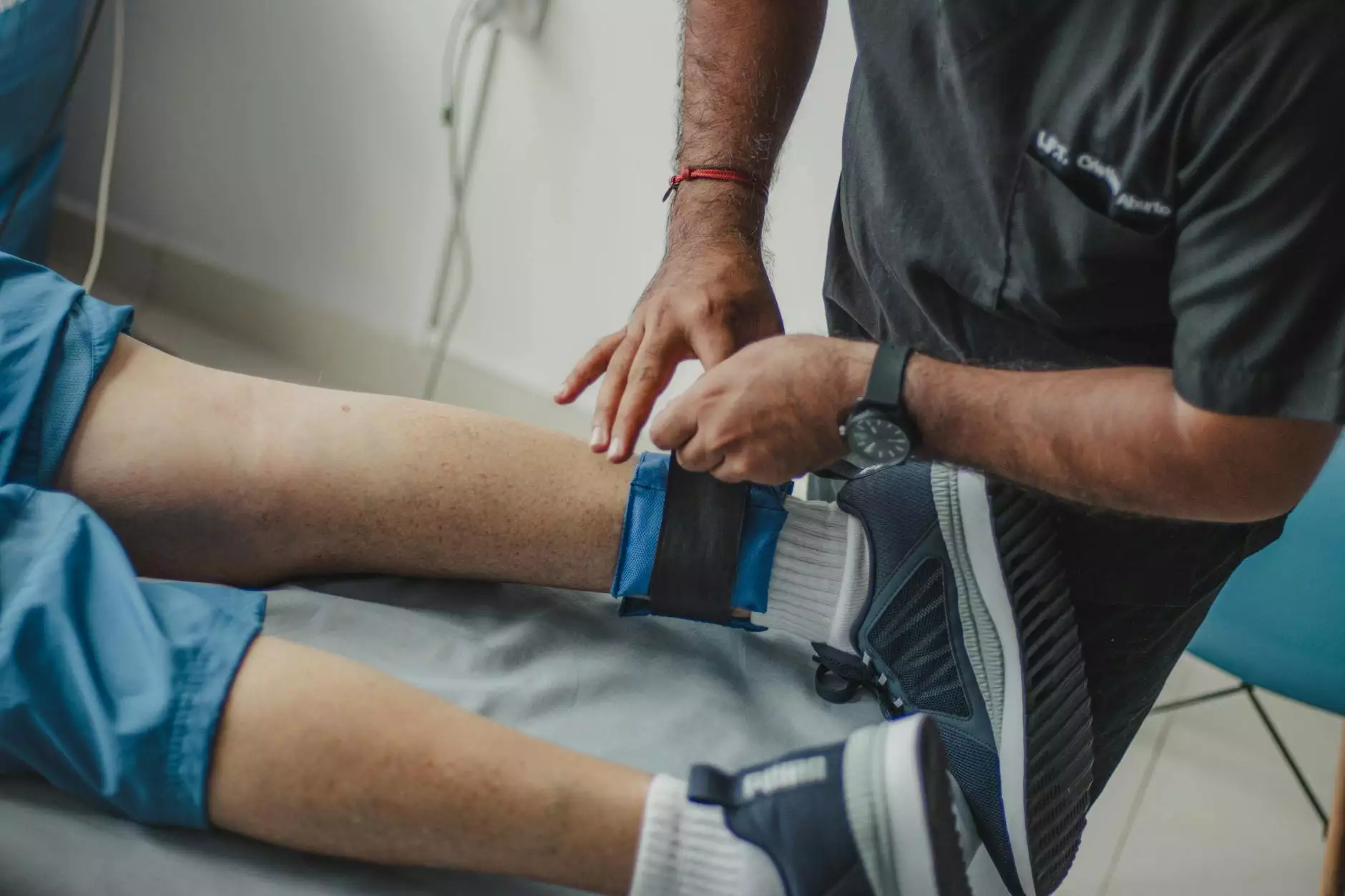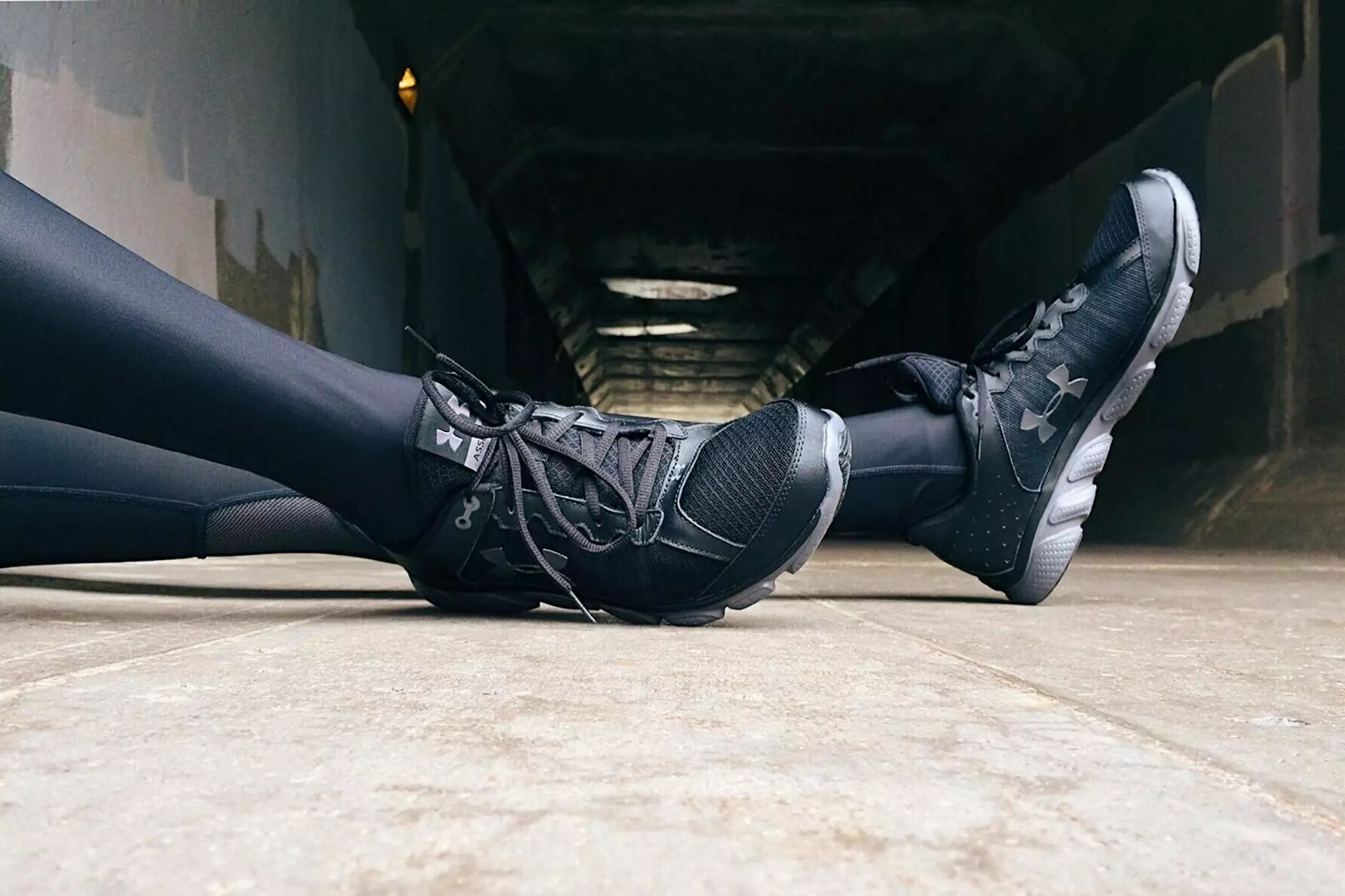What Is a High Ankle Sprain?

Frequently Asked Questions
1. What Causes a High Ankle Sprain?
A high ankle sprain, also known as a syndesmotic sprain, occurs when the ligaments between the tibia and fibula bones in the lower leg are stretched or torn. This injury is commonly caused by:
- Twisting or rotating the ankle forcefully
- Sudden changes in direction while running or jumping
- Impact from a fall or contact sports
2. What Are the Symptoms of a High Ankle Sprain?
High ankle sprains have distinct symptoms that differentiate them from typical ankle sprains. Common symptoms include:
- Pain and tenderness above the ankle joint
- Swelling and bruising
- Difficulty bearing weight or walking
- Ankle instability or feeling "wobbly"
3. How Is a High Ankle Sprain Diagnosed?
If you suspect a high ankle sprain, it is crucial to consult a healthcare professional for an accurate diagnosis. A medical evaluation typically includes:
- Reviewing your medical history and symptoms
- Physical examination, checking for tenderness and swelling
- Imaging tests (X-rays, MRI, or ultrasound) to assess ligament damage
4. What Are the Treatments for a High Ankle Sprain?
The treatment approach for a high ankle sprain varies depending on the severity of the injury. Common treatment options include:
- Rest, ice, compression, and elevation (RICE) therapy
- Immobilization with a brace, walking boot, or cast
- Physical therapy exercises and rehabilitation
- Nonsteroidal anti-inflammatory drugs (NSAIDs) for pain management
5. How Long Does It Take to Recover from a High Ankle Sprain?
The recovery time for a high ankle sprain depends on several factors, including the severity of the injury and the individual's healing capacity. In general, it may take several weeks to months for a complete recovery. Adequate rest, proper rehabilitation, and following medical advice are crucial for optimal healing.
6. How Can I Prevent a High Ankle Sprain?
Preventing high ankle sprains involves taking precautions and maintaining ankle strength and stability. Here are some preventive measures:
- Wearing supportive footwear with ankle protection
- Doing regular strength and balance exercises for the lower leg and ankle
- Using orthotics or ankle braces during high-risk activities
- Practicing proper warm-up and stretching techniques before physical activity
- Avoiding high-impact sports or activities on uneven surfaces whenever possible
Conclusion
A high ankle sprain is a specific type of ankle injury that requires careful diagnosis, treatment, and rehabilitation. Understanding the causes, symptoms, and appropriate management methods are essential for a successful recovery. Body Fusion, a leading provider of sports medicine and orthopedic care, offers comprehensive services to help patients effectively manage high ankle sprains. Contact us today for professional guidance and personalized treatment plans.









